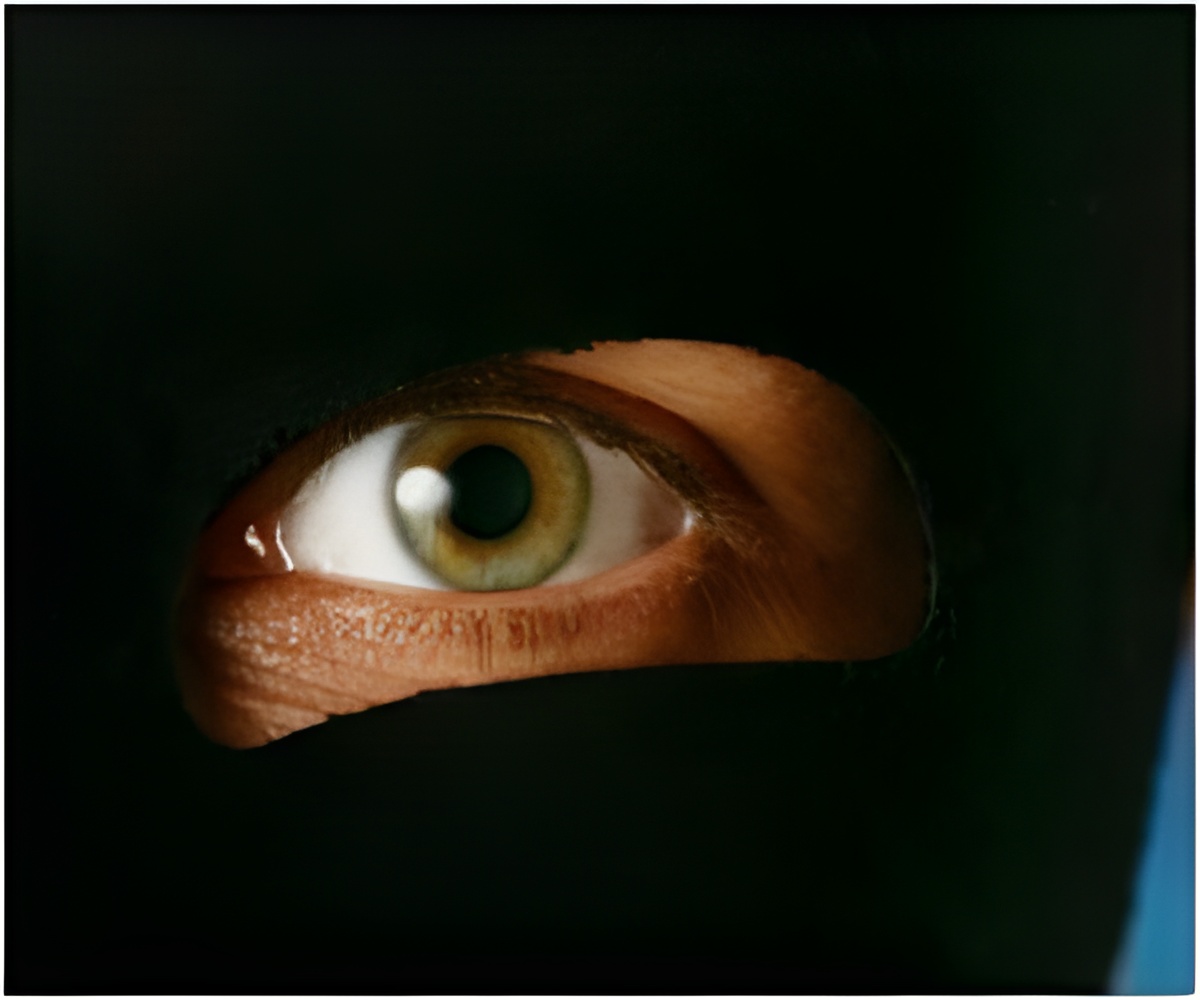
Conventional MASER technology works by amplifying microwaves using hard inorganic crystals such as ruby, this process is known as "masing". However, the MASER has had little technological impact compared to the LASER because getting it to work has always required extreme conditions that are difficult to produce; either extremely low pressures, supplied by special vacuum chambers and pumps, or freezing conditions at temperatures close to absolute zero ( -273.15°C), supplied by special refrigerators. To make matters worse, the application of strong magnetic fields has often also been necessary, requiring large magnets.
Now, the team from the National Physical Laboratory (NPL) and Imperial College London have demonstrated masing in a solid-state device working in air at room temperature with no applied magnetic field. Today's breakthrough means that the cost to manufacture and operate MASERs could be dramatically reduced, which could lead to them becoming as widely used as LASER technology.
The researchers suggest that room-temperature MASERs could be used to make more sensitive medical instruments for scanning patients, improved chemical sensors for remotely detecting explosives; lower-noise read-out mechanisms for quantum computers and better radio telescopes for potentially detecting life on other planets.
Dr Mark Oxborrow, co-author of the study at NPL, says: "For half a century the MASER has been the forgotten, inconvenient cousin of the LASER. Our design breakthrough will enable MASERs to be used by industry and consumers."
Professor Neil Alford, co-author and Head of the Department of Materials at Imperial College London, adds: "When LASERs were invented no one quite knew exactly how they would be used, and yet the technology flourished to the point that LASERs have now become ubiquitous in our everyday lives. We've still got a long way to go before the MASER reaches that level, but our breakthrough does mean that this technology can literally come out of the cold and start becoming more useful."
Advertisement
As a curious twist, the pentacene dopant turns the otherwise colourless p-terphenyl crystal an intense reddish pink – making it look just like ruby!
Advertisement
In the long-term, the team have a range of other goals including the identification of different materials that can mase at room temperature while consuming less power than pentacene-doped p-terphenyl. The team will also focus on creating new designs that could make the MASER smaller and more portable.
Source-Eurekalert









